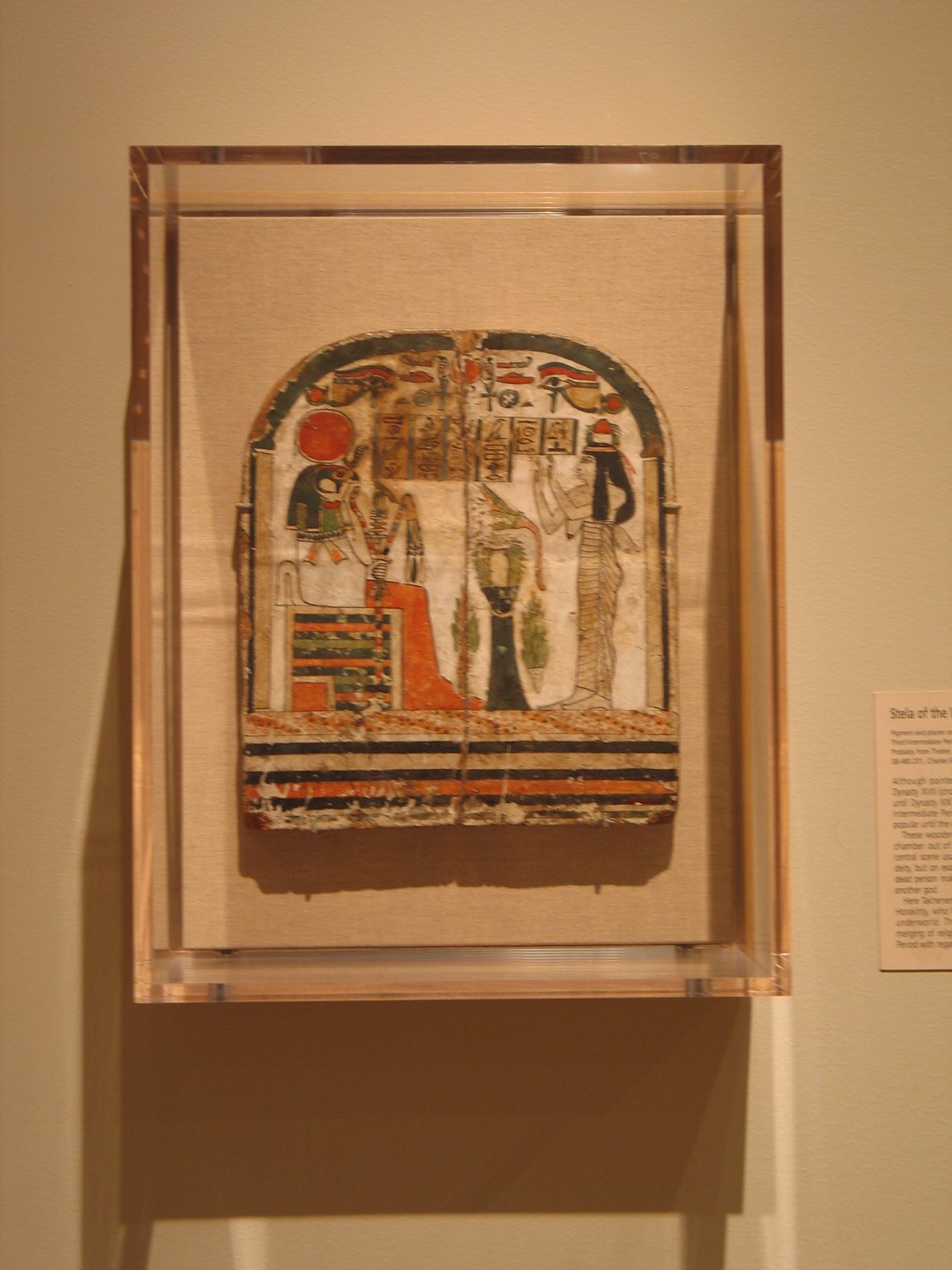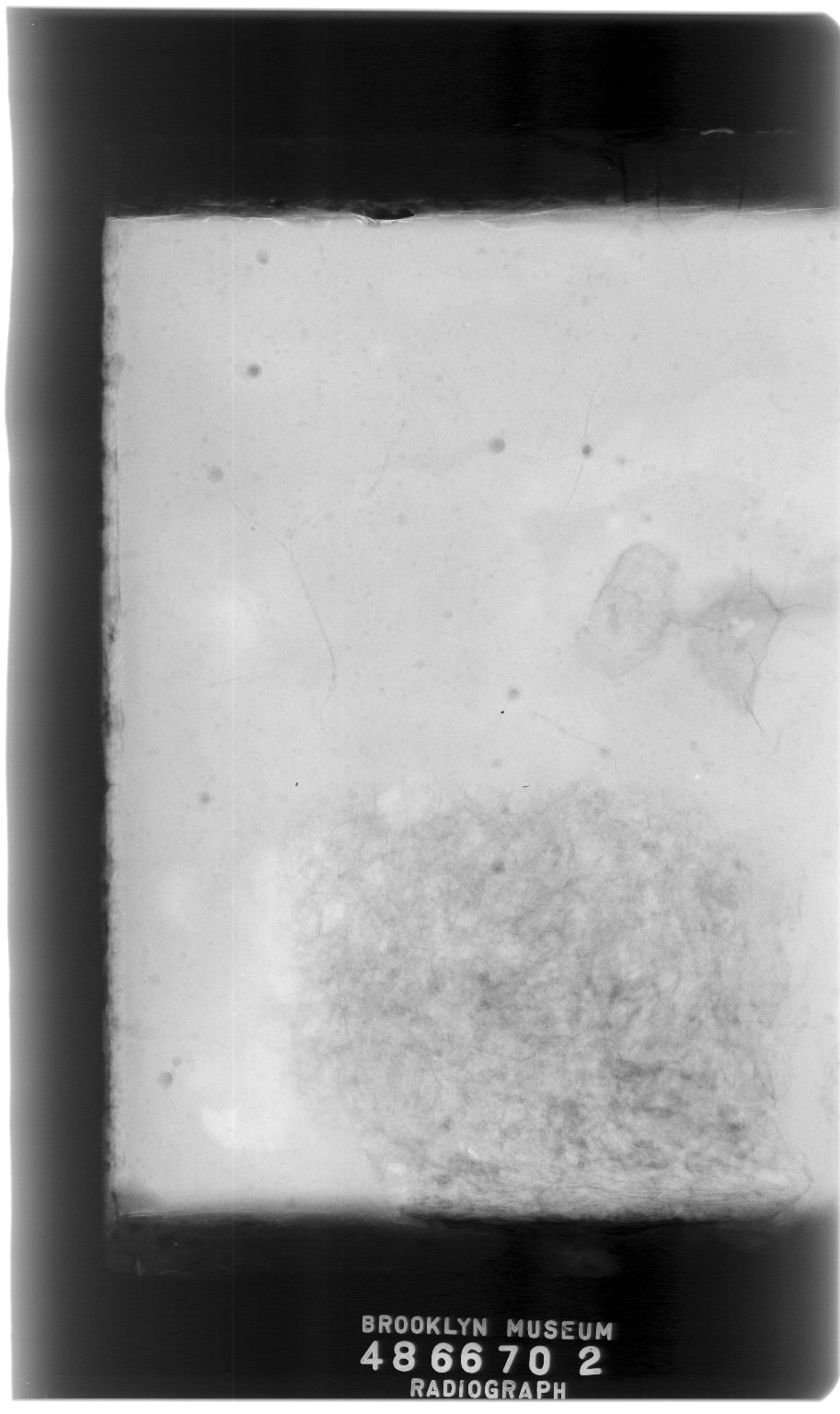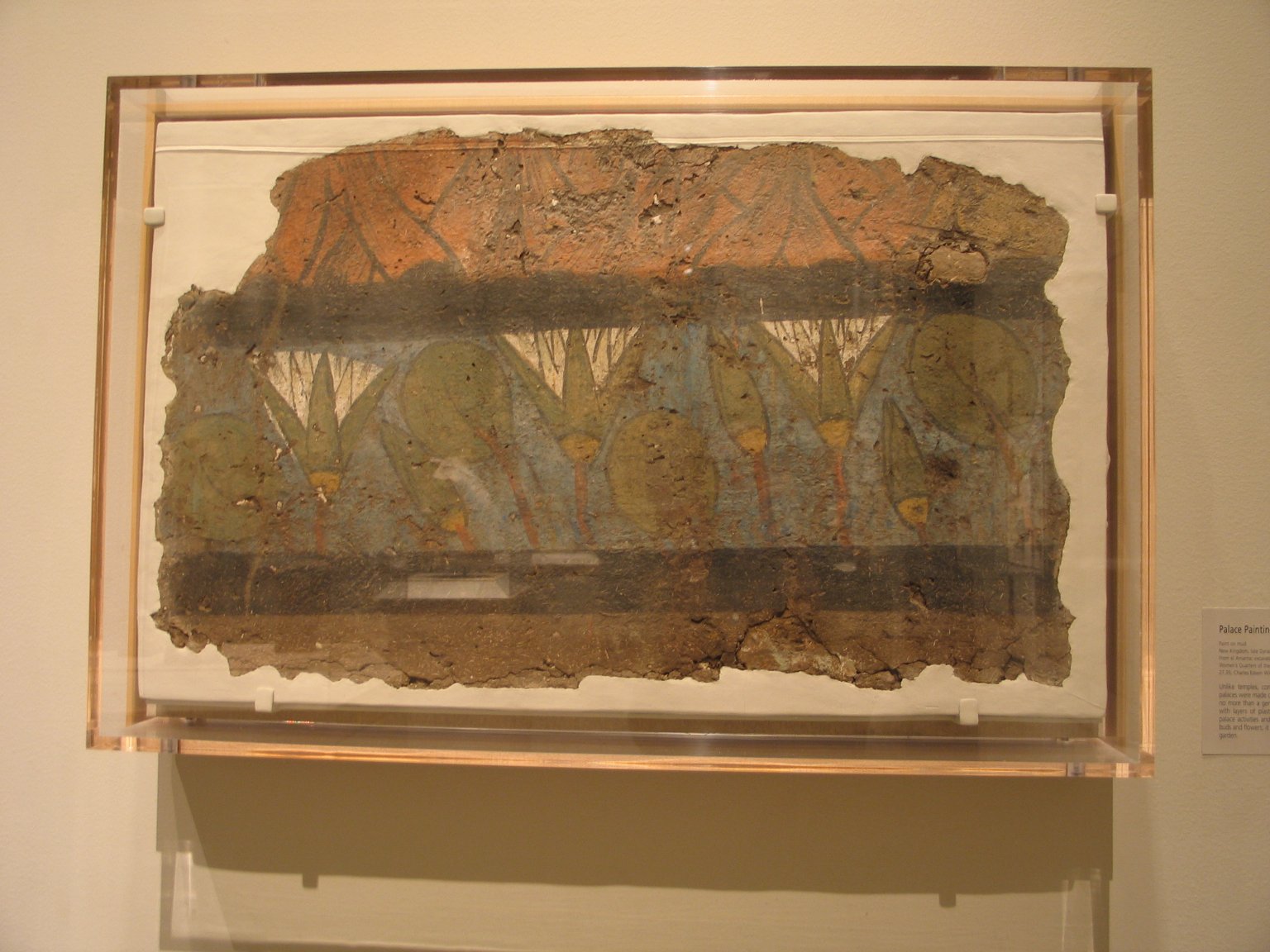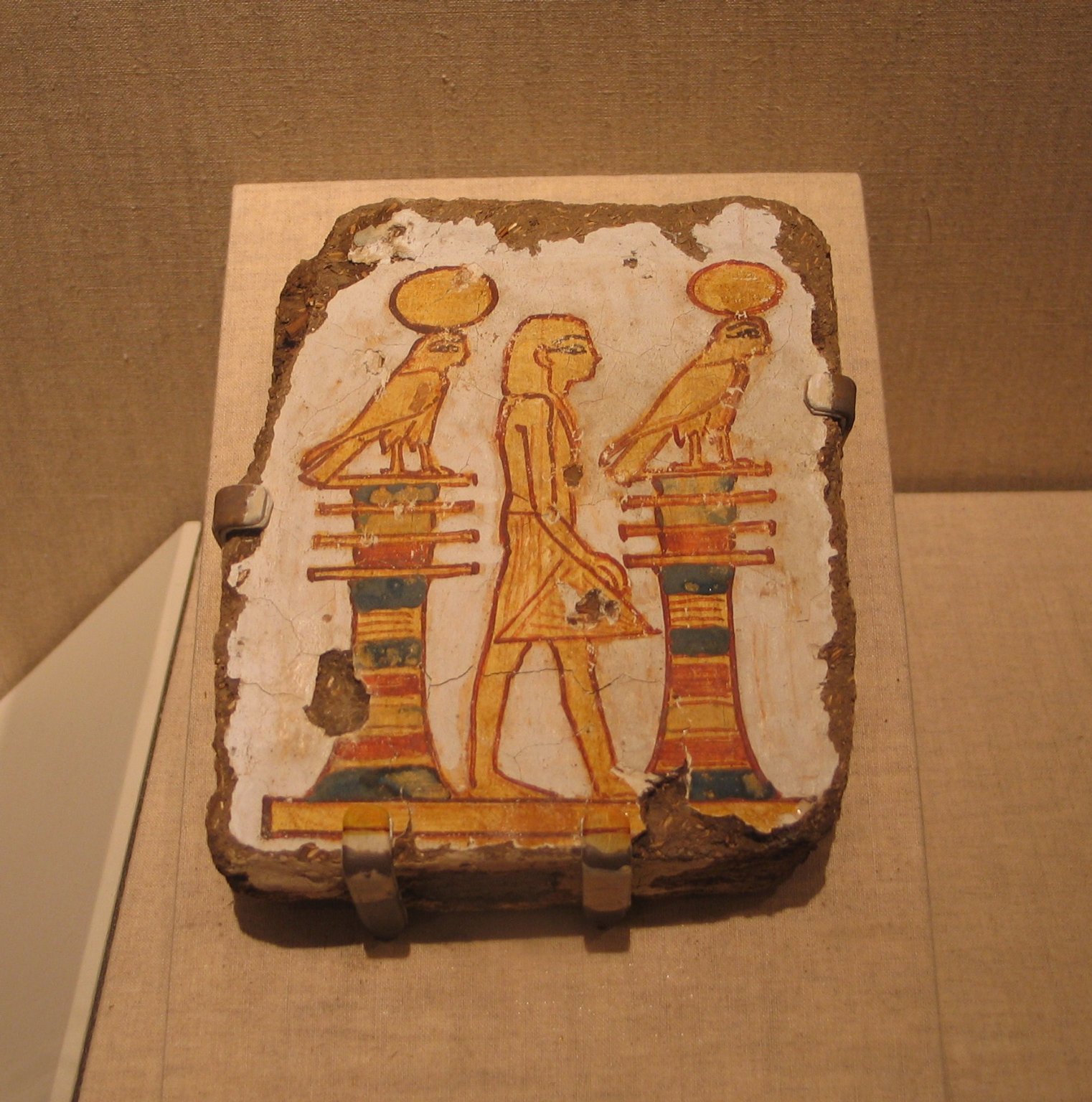
Stela of the Woman Takhenemet
ca. 775-653 B.C.E.
Egyptian
- Maker/Artist
- Egyptian
- Classification
- Painting
- Medium
- Wood, gesso, pigment
- Locations
- Place collected: Thebes (Deir el Bahri), Egypt
- Dynasty
- Dynasty 25 (probably)
- Dimensions
- 10 3/4 x 9 7/16 x 13/16 in. (27.3 x 23.9 x 2 cm)
- Accession Number
- 08.480.201
- Credit Line
- Charles Edwin Wilbour Fund
Have a concern, a correction, or something to add?











